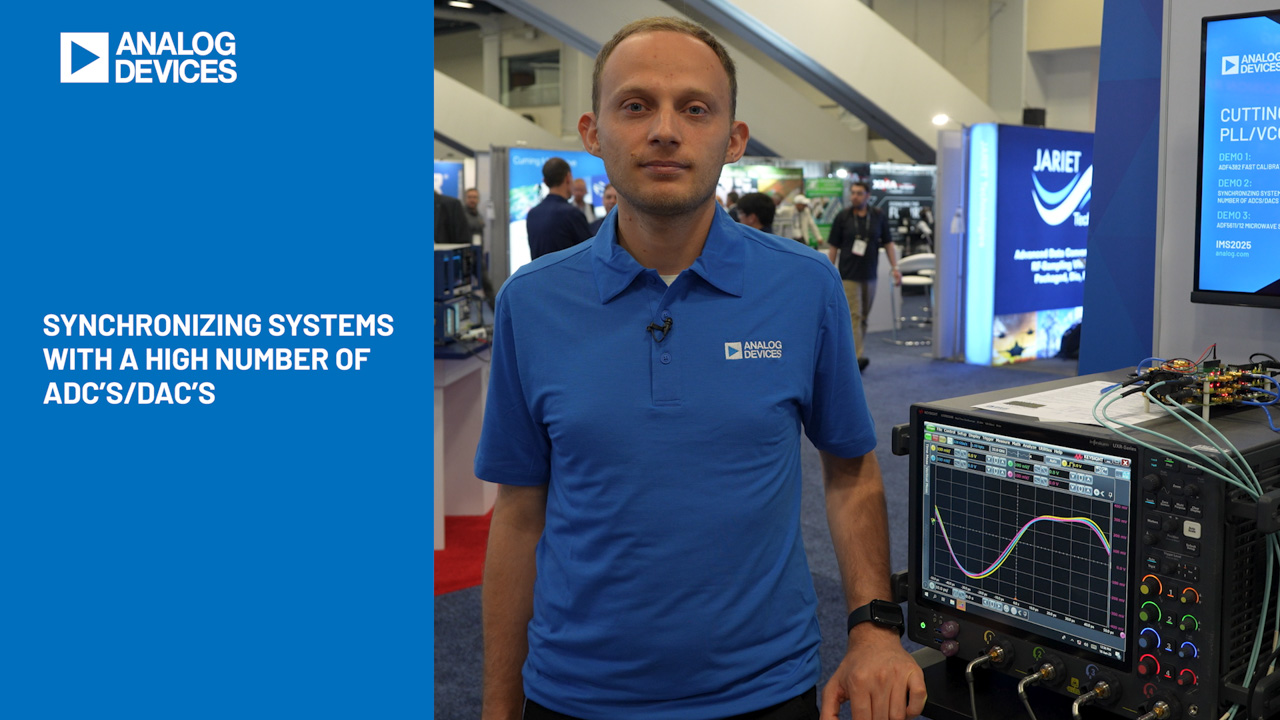Abstract
This application note describes a method for implementing volume, balance, and fader control with a simple pushbutton interface and three MAX5456/MAX5457 stereo logarithmic, taper digital potentiometers.
The MAX5456/MAX5457 stereo, audio taper potentiometers are dual, logarithmic taper digital potentiometers with a simple pushbutton interface that controls volume and balance in audio applications. Each potentiometer has 32 tap points and replaces mechanical potentiometers. The MAX5456/MAX5457 use Maxim's proprietary SmartWiper™ control to eliminate the need for a microcontroller to increase wiper transition rate. Holding active-low DN / active-low BAL or active-low UP / active-low BAL1 low for more than 1s advances the wiper at a rate of 4Hz for the first 4s, then 16Hz thereafter. In volume-control mode, the MAX5456/MAX5457 wipers move simultaneously, adjusting the volume of both channels while maintaining the balance separation between each channel. In the balance-control mode, the MAX5456/MAX5457 adjust the balance between channel 0 and channel 1, while maintaining the set volume. Additional features include: single- or dual-supply operation, clickless switching, mute function to -90dB (typ), power-on reset to -12dB wiper position, (THD + N) = 0.01%, and small 16-pin QSOP/TQFN packages.
While using digital potentiometers with AC signals, certain considerations need to be addressed. Firstly, it is important to understand how to bias an AC signal to within the DC supply range. Secondly, while the digital pot steps are usually designed to give equal-value resistive increments, as a byproduct of the process variation, the total end-to-end resistance can vary widely from part to part—as much as ±30% in some types of digital pots. (Refer to application note 161, "Using a DS1802 Push-Button Digital Potentiometer to Create an Audio Preamp with Attenuator" and application note 1828, "Audio Gain using Digital Potentiometers" for more information.)

Figure 1. Circuit block diagram for implementing volume, balance, and fader control using three MAX5456/MAX5457 ICs.
For applications requiring fader control for multispeaker configurations, use additional MAX5456/MAX5467's to implement this design.
The MAX5457 switches between volume- and balance-control modes by toggling the active-low MODE input. An LED output indicates when the device is in volume- or balance-control mode. For the application circuit shown in Figure 1, U1 controls the balance and volume of the stereo input signal and outputs the left and right signals to the fader control formed by U2 and U3. Change the master volume with the active-low DN / active-low BAL0 or active-low UP / active-low BAL1 buttons of U1 in volume mode. To change the balance, toggle active-low MODE to switch to balance mode and use the active-low DN / active-low BAL0 or active-low UP / active-low BAL1.
U2 and U3 form the fader control for the left and right channels respectively. By adjusting the balance of U2, the left signal from U1 fades between L0 and L1. Similarly, by adjusting the balance of U3, the right signal from U1 fades between R0 and R1. Refer to the MAX5456/MAX5457 data sheet for volume- and balance-control operation. The volume-control function in U2 or U3 is typically not used, because U1 handles the volume adjustment. Adjusting volume in U2 and U3, however, can sometimes be useful to compensate for mismatches in the audio path.
The op amps preceding U1 in the application circuit amplify line-level or high-impedance input signals from a stereo audio source to drive the MAX5456/MAX5457. Given that the minimum end-to-end resistance of the MAX5456/MAX5457 ICs equal 7KΩ, the worst-case load impedance looking into the left or right input of U1 is 7KΩ (worst case) and 10KΩ (nominal). The two amplifiers on the outputs of U1 are used as buffers and limit the load to minimize THD. Finally, the four amplifiers on the outputs of U2 and U3 minimize wiper current and amplify the signal to drive the speakers.
SmartWiper is a trademark of Maxim Integrated Products, Inc.
Related to this Article
Products
Stereo Audio Taper Potentiometers with Pushbutton Interface
Stereo Audio Taper Potentiometers with Pushbutton Interface




















